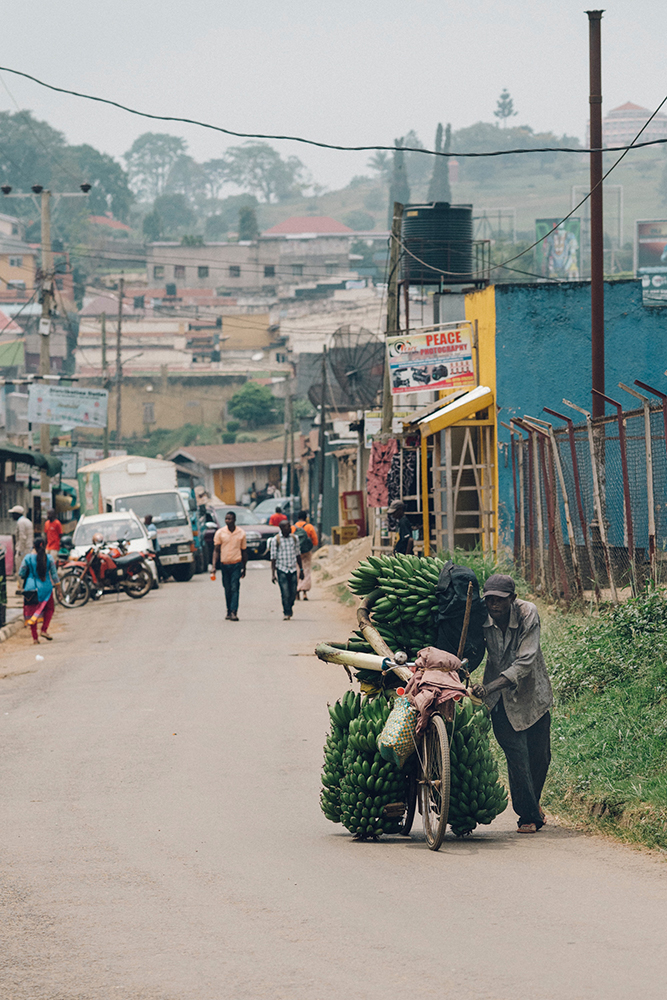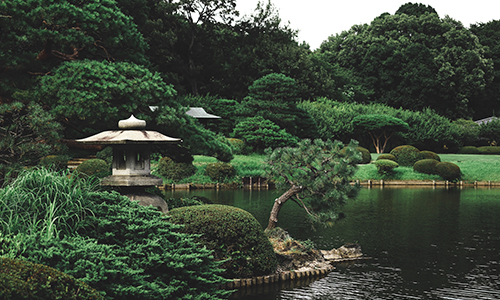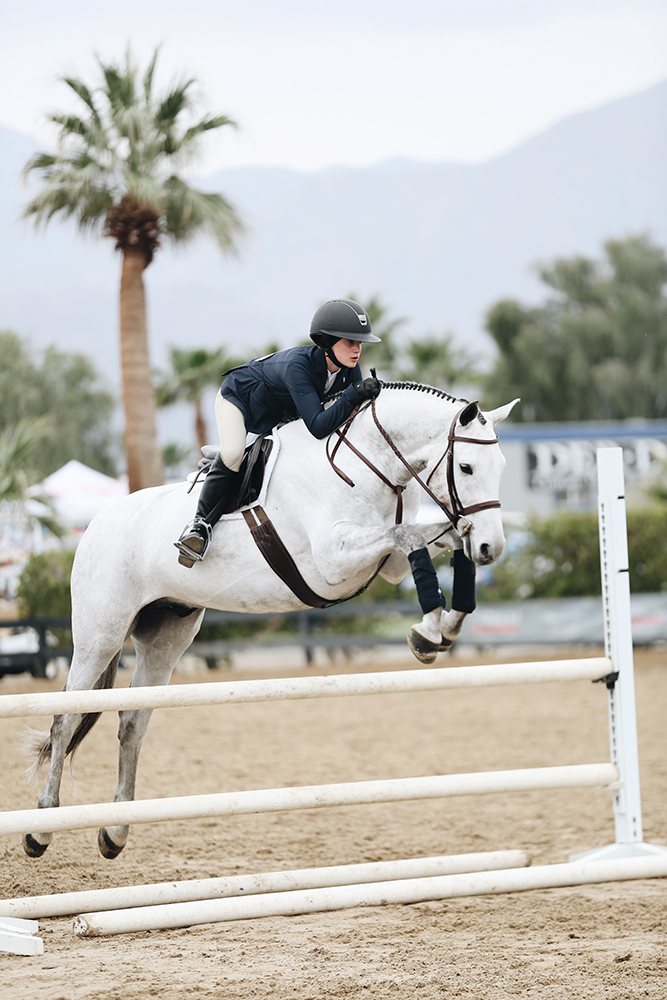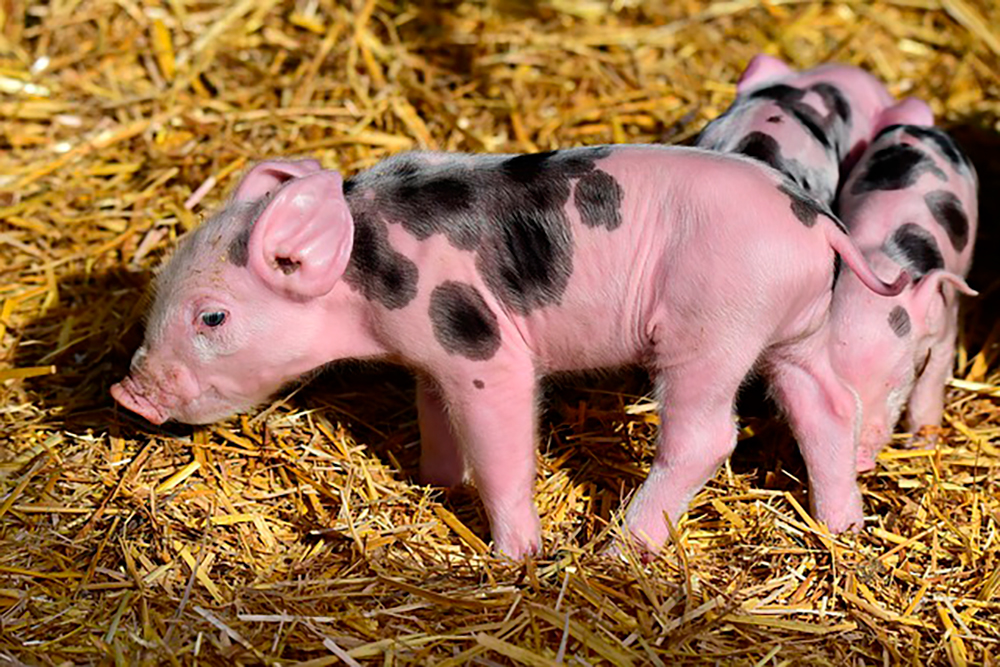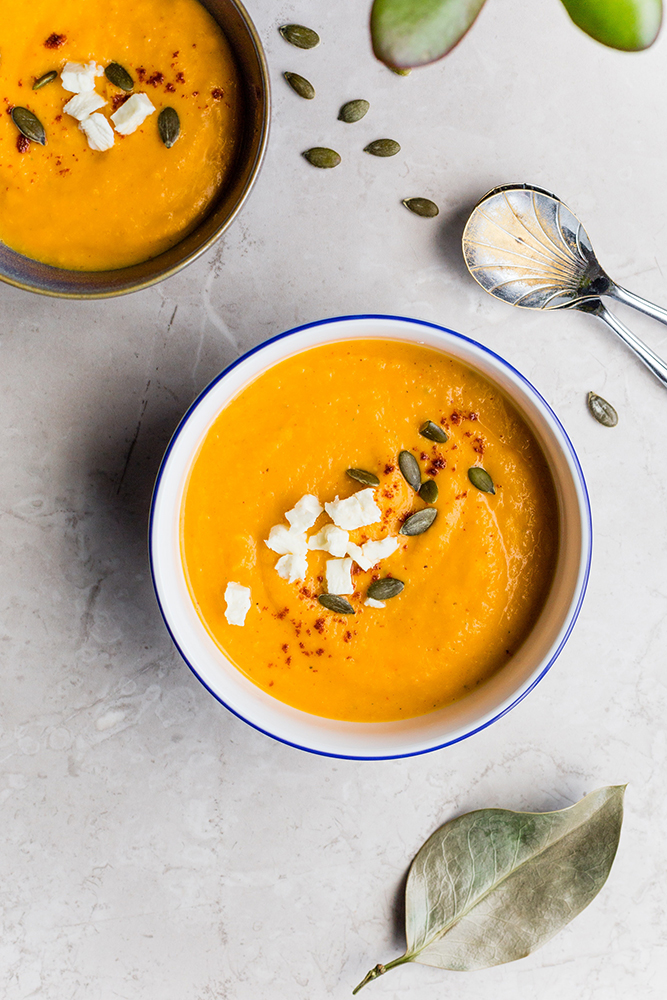
Footage from the doorstep of a hospital in India represents a new low for a nation ravaged by the coronavirus.
Video from King George Hospital in the southeastern coastal state of Andhra Pradesh shows a 16-month-old baby girl dying in the back of a van while her father desperately pumps oxygen into her lungs by hand.
Her mother screams and cries for help but no help comes. The little girl, who local reporters say tested positive for COVID-19, died 90 minutes after the video was recorded.
Filmmaker Uma Sudhim from Indian news media company New Delhi Television Ltd shared the distressing moments on Twitter.
“A mother wailing/pleading in front of King George Hospital asking for admission & treatment for her 16-month old baby girl who reportedly tested (positive for COVID-19); she says ‘we don’t want bed, just treat my baby’; baby died after 90 minutes at doorstep of (hospital),” she wrote.
“Father constantly pressing (ambulance) bag to keep his baby alive as he says baby first tested negative in rapid antigen test, then tested positive, she was denied treatment in hospitals & brought to biggest & govt hospital but died without treatment.”
The baby girl is one of a countless number of victims who have died outside hospitals while waiting for emergency care and oxygen as India’s healthcare system collapses under the weight of an unprecedented second wave.
India on Thursday recorded a new record rise in coronavirus cases with 379,257 and 3645 deaths, taking the country’s overall cases to 18 million.
India’s death toll also rose above 200,000 according to health ministry data, however, experts fear the actual death toll could be much higher.
Help is on its way in the form of $100 million in supplies from the US, including nearly one million instant tests.
The White House said the first lot would arrive on Thursday in New Delhi via a military plane, days after President Joe Biden promised to step up assistance to the emerging US ally.
The first shipment includes 960,000 rapid tests, which can detect COVID-19 in 15 minutes, and 100,000 N95 masks for frontline health workers.
RELATED: Overseas Aussies ‘worried’ to come home
The US is also sending 1000 refillable oxygen cylinders and 1700 concentrators that produce oxygen for patients from the air.
Nations have rushed supplies to India as it contends with one of the world’s most catastrophic surges of COVID-19 since the pandemic began, overwhelming hospitals and pushing crematoriums past capacity.
In the last week, India has recorded more than 300,000 new cases every day.
The problem with oxygen is very real, even though experts say the vast nation of 1.3 billion people is producing enough oxygen — just over 7000 tonnes a day. Most is for industrial use, but can be diverted for medical purposes.
The bottlenecks are in transport and storage.
Liquid oxygen at very low temperatures has to be transported in cryogenic tankers to distributors, which then convert it into gas for filling cylinders. But India is short of cryogenic tankers.
The government is importing mobile oxygen generation plants and tankers, building more than 500 new plants and buying portable oxygen concentrators.
RELATED: Husband’s haunting act amid India chaos
Industries have been ordered by the government not to use liquid oxygen. Oxygen supplies are being brought to hard-hit regions using special train services.
The military has also been mobilised to transport tankers and other supplies domestically and from international sources.
Emergency medical supplies — including liquid oxygen, cryogenic tankers, concentrators and ventilators — are being flown in from other countries in a huge aid effort.
Oxygen shortages are still affecting badly-hit regions despite the measures to boost supply, transport and storage.
Reports have emerged of hospitals asking patients to arrange for their own cylinders and of people dying even after being admitted due to low oxygen supplies.
Social media platforms have been filled with posts by desperate families hunting for cylinders and refills.
Meanwhile, there is a growing black market for cylinders and concentrators sold far above their usual retail prices.
— with AFP

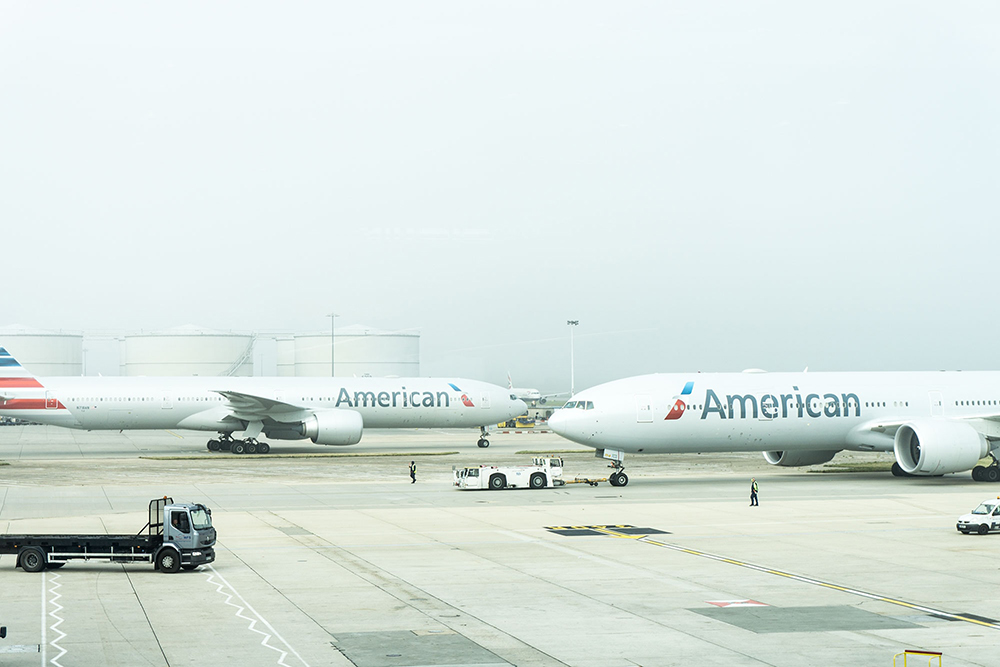 Subscribe to The Daily Telegraph to get unrestricted digital access, home paper delivery, Apps for iPad and Android, member only +Rewards and much more…
Subscribe to The Daily Telegraph to get unrestricted digital access, home paper delivery, Apps for iPad and Android, member only +Rewards and much more… 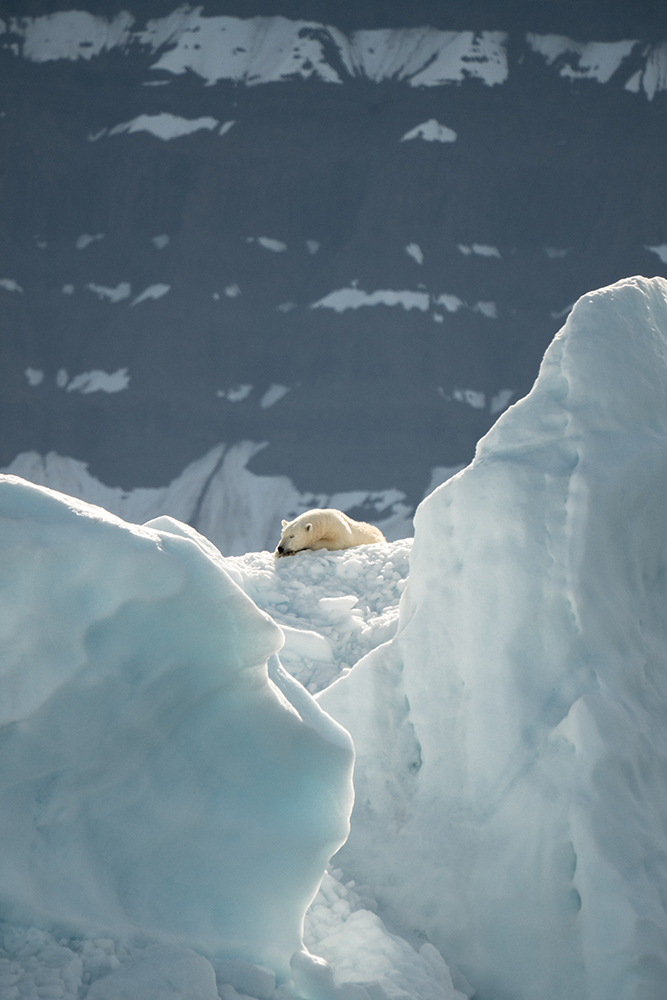 Do you compost or buy second hand?
Do you compost or buy second hand? 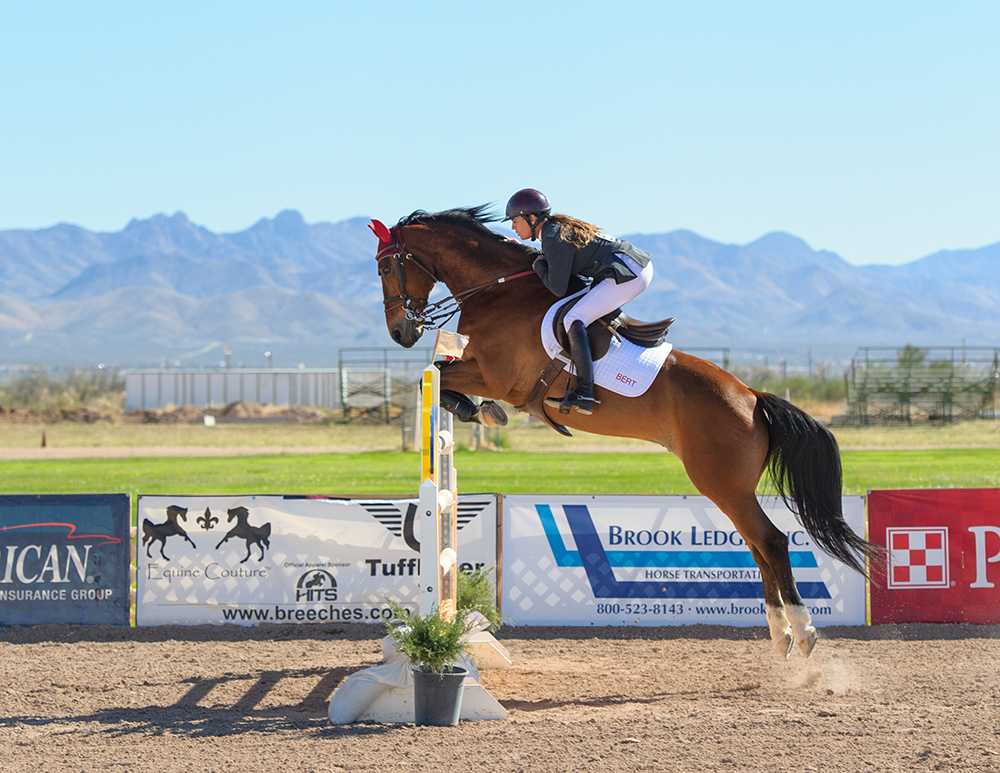 The Newsreader review: Exhilirating Australian prestige drama
The Newsreader review: Exhilirating Australian prestige drama  Local shares fell on Friday as investors make last-minute adjustments to their portfolios ahead of the main index’s rebalancing, while unease over rising infections grows.
Local shares fell on Friday as investors make last-minute adjustments to their portfolios ahead of the main index’s rebalancing, while unease over rising infections grows. 